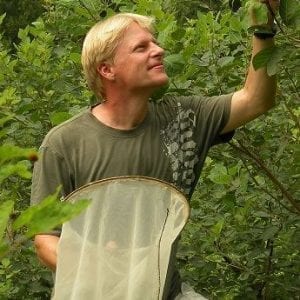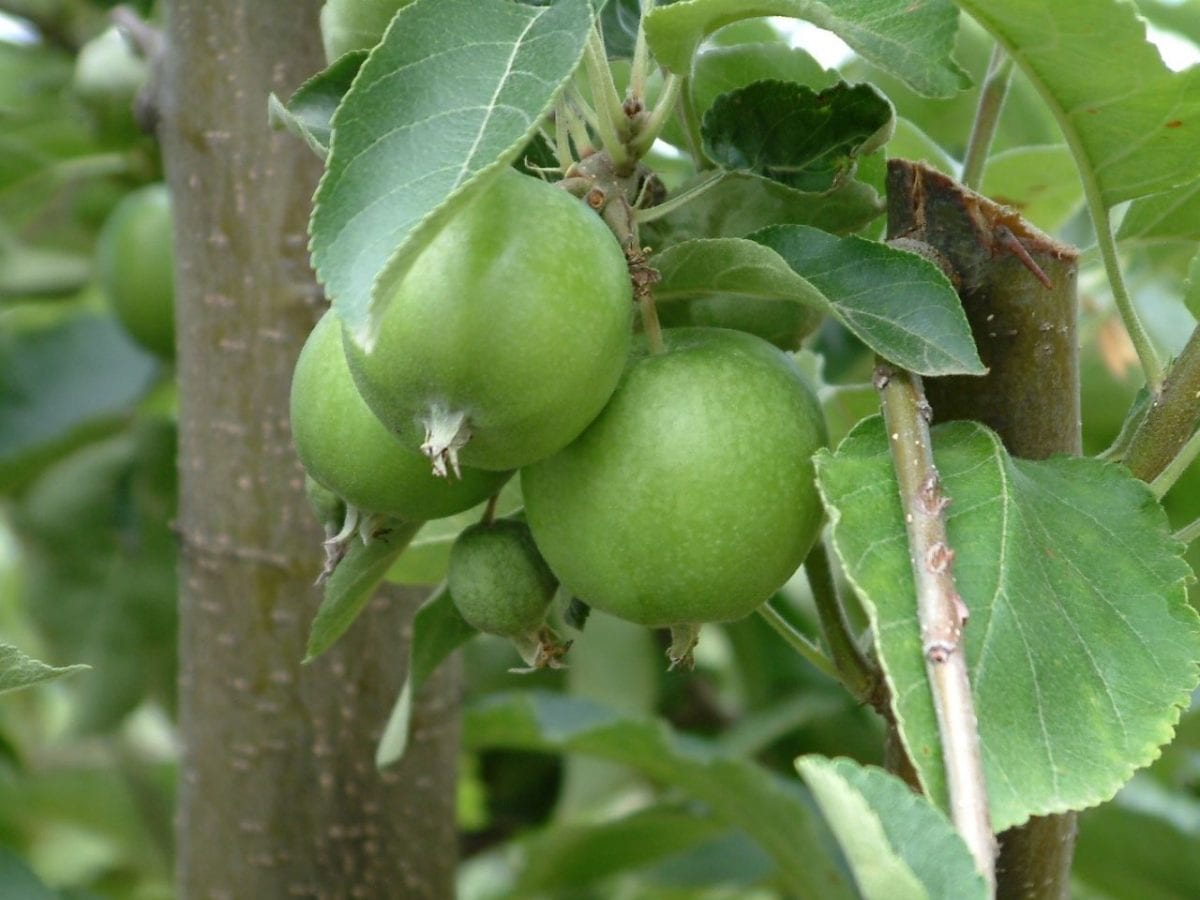Biological control of apple leaf-curling midge in Canada
A European biological control agent may help control an exotic pest of apple trees in western Canada. Damage from the apple leaf-curling midge in eastern Canada was effectively reduced by introducing a European natural enemy, Platygaster demades, in the 1990s. The pest arrived in British Columbia more recently, where releases of P. demades are now being considered. First, however, the identity of P. demades needs to be confirmed with molecular tools and its host range defined.
Project Overview
So, what’s the problem
European in origin, the apple leaf-curling midge Dasineura mali is an introduced foliar pest of apple trees in Canada and the USA. This cecidomyiid fly was first recorded in 1964 in New Brunswick on Canada’s eastern seaboard. Three decades later it was found on the west coast of North America, where its current distribution includes Washington, and the Frasier River Delta and parts of the Okanogan Valley in British Columbia.
The adult midges lay eggs between the folds of immature leaves. Larval feeding leads to the leaf margins becoming tightly curled and terminal shoots stunted. Biological control focused on parasitic wasps (parasitoids). Between 1981 and 1985, Platygaster marchali and Inostemma contariniae from Austria and Italy were released in New Brunswick, but the present status of these species is unknown. In 1993, a third species, P. demades, originating from the Netherlands, was released in the same province, where it is now successfully established. With the arrival of the pest in western Canada, P. demades is now being considered for introduction in the Okanogan Valley.
What is this project doing?
We are conducting surveys in Switzerland and other European countries to collect field populations of D. mali and its associated parasitoids for DNA analysis. We are focusing especially on locations where parasitoids were collected for shipment to Canada in the 1980s and 1990s. Since the taxonomy of the genus Platygaster is unclear, our aim is to verify the identity of the Platygaster species released in eastern Canada. In addition, samples of European and Canadian D. mali populations will be compared to locate the origin of the Canadian populations.
As soon as the parasitoid taxonomy has been clarified, we will start investigating the host ranges of the two Platygaster species.
Results
We collected several thousand midge larvae in infested apple orchards in Switzerland, Germany, northern Italy, and Holland from which plenty of parasitoids emerged, including Platygaster demades. The molecular analysis of these specimens is in progress.
In 2021, we focused mainly on the collection of non-target species in Switzerland to further investigate the host specificity of P. demades. We collected larvae of Dasineura tiliae, Dasineura rosae, Dasineura pyri, Dasineura acrophila, Dasieneura irregularis, Kiefferia pericarpiicola, Contarinia pyri, and Dasineura crataegi. Since most species produce one brood per season (univoltine), overwintering larvae are currently kept in overwintering and will be incubated next spring.
Project Manager

Partners

